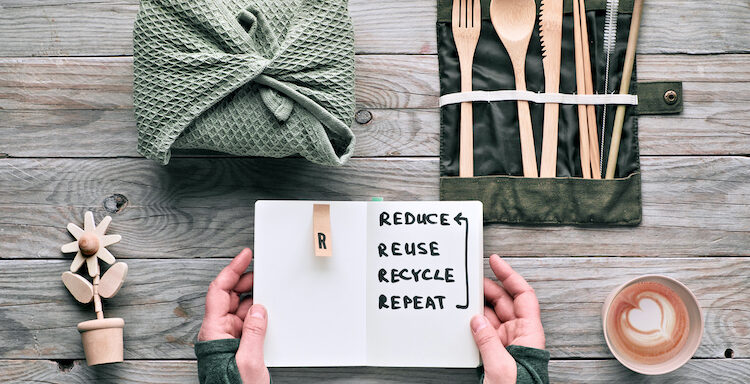
Save money by reducing your carbon footprint
How to save the planet and save money at the same time!
In June the latest G7 summit took place in Cornwall. As well as leaders from the regular G7 countries – the UK, US, Canada, France, Germany, Italy and Japan – the summit included delegates from guest countries Australia, India, South Korea and South Africa.
One of the key issues discussed by the leaders was climate change. According to Boris Johnson, the G7 nations are clear that “action has to start with us”. All the G7 countries committed to net zero carbon emissions by 2050 at the latest, and to halve their current total emissions by 2030.
There was also a commitment to have a global strategy to conserve or protect at least 30% of the world’s land and oceans by 2030, and to work together for a greener, more prosperous planet.
All this sounds very positive and hopeful, but how realistic is it?
Interestingly, there are several things that each of us can do personally to reduce our carbon footprint. And – even better – they can help us to save money at the same time.
What is my carbon footprint?
Carbon footprint is a term we hear a lot about, but do we actually understand what it is? Your carbon footprint is the impact of your day to day activities on the environment. It is measured in terms of the amount of carbon dioxide (CO2) created and released into the atmosphere by these activities.
Your carbon footprint is affected by what you eat, where you buy your food from, how and how often you travel, the type of home you have, how many people live in it, and how much energy you use.
Try this free quiz on the WWF (World Wildlife Fund) to find out more about your carbon footprint.
How to reduce your carbon footprint
There are small changes that you can make to your daily life that will help to reduce your carbon footprint. As we said earlier, most of them can also enable you to save money.
Here are five suggestions as to how you can reduce your carbon footprint:
-
Watch what you eat
If you reduce the amount of meat that you eat, and buy organic products when you can, this can reduce your carbon footprint and save you money. Also try to buy food from local producers, because this will reduce transport costs and pollution, as well as help to support local businesses.
-
Support sustainability
It’s not just organic food that you can buy. Choosing organic clothing, toiletries and beauty products can also reduce your carbon footprint and support businesses that are trying to help the environment.
Also when buying clothing, consider buying second-hand where possible. There are an increasing number of online auctions and sales sites, as well of course as your local charity shops to support. You could find some wonderful additions to your wardrobe and save money because you are not paying full price for them.
-
Reduce, Reuse, Recycle
The “Three R’s” are a really helpful guide to our daily consumption:
- Reduce: we all tend to buy too much! Try reducing what you buy. Only use what you need.
- Reuse: before you throw anything out, think whether it could be reused or repurposed?
- Recycle: if you are getting rid of something, try to recycle it wherever possible.
-
Save energy in the home
Do all that you can to save energy in the home. Every little helps. So be mindful of energy use and make small changes such as switching off lights and appliances when not in use, turning down the heating, using energy efficient light bulbs, and reducing the length of time you spend in the shower.
Check out our article How to Save Money on Energy Bills for more information.
-
Travel mindfully
If you have a car, you will be in the habit of taking it everywhere without really thinking about it. And sometimes you need to do just that, which is fine. But are there journeys when you might be able to do something different? For example, could you walk or cycle instead of driving, or perhaps take public transport?
If you commute regularly, it could be worth looking into whether you could set up a car share with colleagues or neighbours? Or have a look at car sharing websites such as Lift Share. It could work out a lot cheaper than driving to work by yourself every day, and would also reduce the traffic on your route.
We hope that the above information helps you to start finding ways to reduce your carbon footprint, and also save money in the process.
Check back here soon for more lifestyle and financial tips from Simple Fast Loans.






